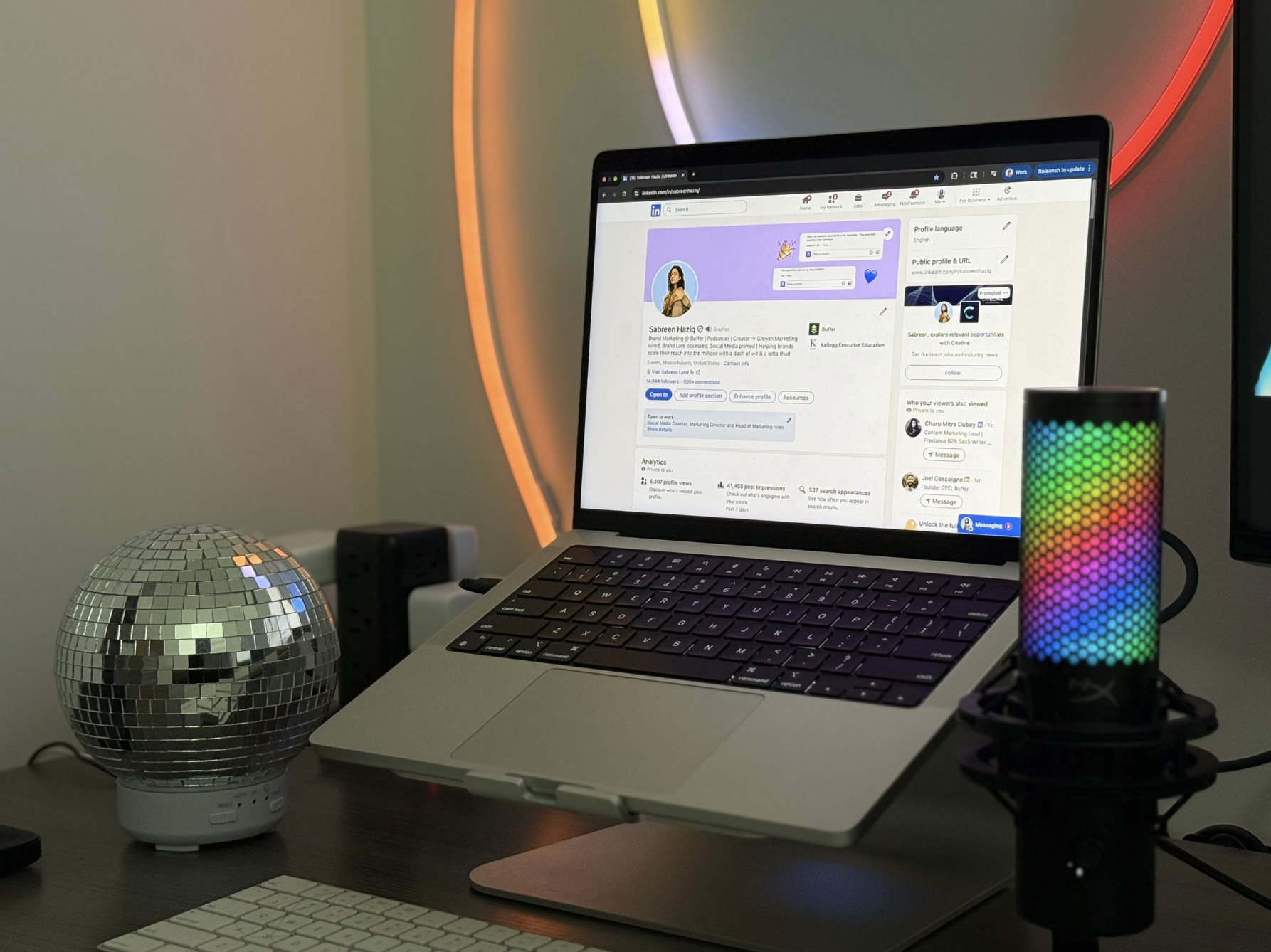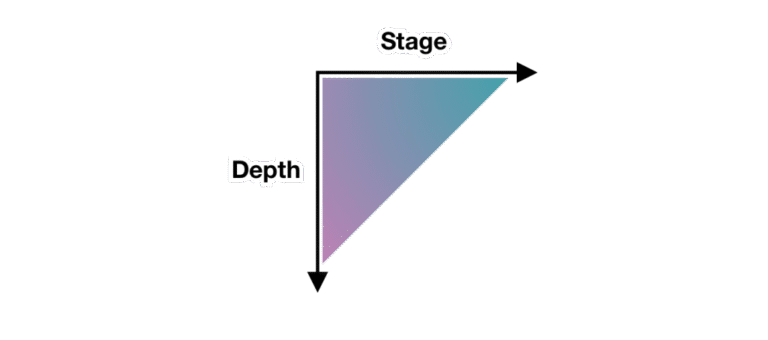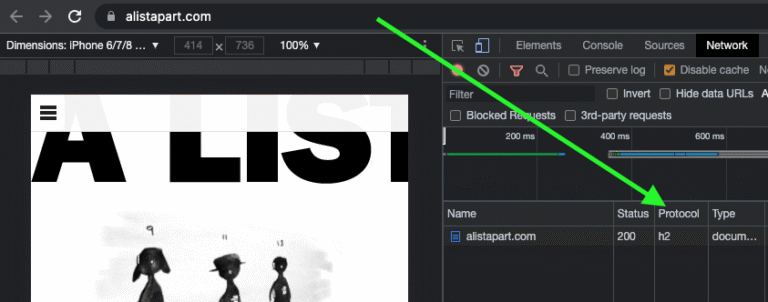I Post Every Day on LinkedIn: Here’s How I Show Up, Even on Low-Motivation Days
Since August 2024, I’ve posted on LinkedIn daily without missing a beat. Here’s my exact system for posting consistently, even when I didn’t feel like showing up.
For a long time, I treated LinkedIn like a platform to drop the occasional career update — not a platform to share original ideas, let alone daily posting. But over time, something shifted.
LinkedIn started to feel less corporate and more human. The rise of video content brought in a new wave of creators; and suddenly, the platform I’d mentally filed away as too buttoned-up started to feel like a space I could experiment in.
Right around the same time, Buffer launched Creator Camp; a 30-day community challenge to help creators stay consistent with daily prompts. That made the decision to invest in LinkedIn even easier. And then joining the Buffer team this year — where we’re on a mission to help creators and small businesses get off the ground and grow — gave me even more reason to lean in.
Since August 2024, I’ve posted on LinkedIn every single day without missing a beat. There were plenty of days where motivation was low and showing up felt like a stretch, but I did it anyway.
Here’s how I committed to LinkedIn consistency, even on the days I didn’t feel like showing up.
I started with a strong why
Before I ever committed to posting daily on LinkedIn, I knew I needed a reason that would hold up — not just on the good days, but on the boring, low-energy, what’s-the-point days, too.
For me, that reason was visibility. I wanted to build trust over time and stretch my brand beyond a role, a company, or a chapter of life.
I’ve spent my career growing brands from behind the scenes — telling their stories, scaling their presence, building the playbooks; and I’m proud of that work.
But a hard truth hit me during a layoff a few years ago:
I realized that while I had been pouring energy into growing other brands, I hadn’t been thinking about my own. There was no lasting signal of my contributions, no clear digital proof of what I stood for or how I thought. No audience of my own that associated me with the results I had helped create. That moment rewired something in me.
I realized I’d been playing small, and underinvesting in the credibility of my own name.
So I got clear. I wanted to build a personal brand on LinkedIn that did four things:
- Signaled my skills and point of view clearly
- Attracted like-minded marketers and collaborators
- Created a pipeline for paid side projects and consulting
- Let me run experiments on my own terms, without approval bottlenecks
In doing so, I wanted to design long-term leverage for future job opportunities. Once I had that clarity, showing up on LinkedIn became easier because I knew exactly why it mattered to stay consistent.
I defined my content pillars early on
One of the most helpful things I did early on was define my content pillars. Instead of figuring it out on the fly, I sat down, mapped them out, and made the investment upfront.
When your themes are clear, creating content doesn’t feel like grasping in the dark. You’re not relying on bursts of motivation or waiting around for inspiration to strike. You’ve built the rails, now you just keep the wheels turning.
For me, those lanes were:
- Personal branding — the craft I’ve built and something I now help others with
- Marketing lessons — a direct product of my day-to-day and the experiments I run
- Self-improvement — inspired by years of podcasting and personal development
- Corporate humor — a pressure release valve that invites a laugh when things get too heady
Each of these came naturally to me. I didn’t choose them because they were trendy. I chose them because I could speak to them from lived experience, and draw from them even on low-motivation days.
Once my pillars were in place, it became easier to build clusters of subtopics under each.
Over time, as I posted more content around my pillars and the topic clusters within each pillar, the themes created a heat map of sorts. Leaning into data, I could see which areas (topics) glowed brightest based on performance, and which ones I wanted to build on further. That data backed feedback loop — what resonated most with my audience — made it easier to stay creative and consistent, even when I didn’t feel like being “on.”
I built a system that fueled motivation, not burnout
A strategy without a system is like cola without the fizz. Who enjoys flat soda? Not me!
This was one of those upfront investments that paid off fast: I knew that if I could build a system that scaled, I’d free myself up to focus on the actual creating — not just busy work.
Unsurprisingly, Buffer was at the heart of it. Built by creators, for creators; it became my engine.
Most Fridays, I batch-created everything for the coming week and scheduled it out so it could run in the background while I focused on everything else. (Shoutout to Buffer’s four-day workweek for giving me the space to thrive in my role and as a creator!)
That, combined with the “Streaks” featu





